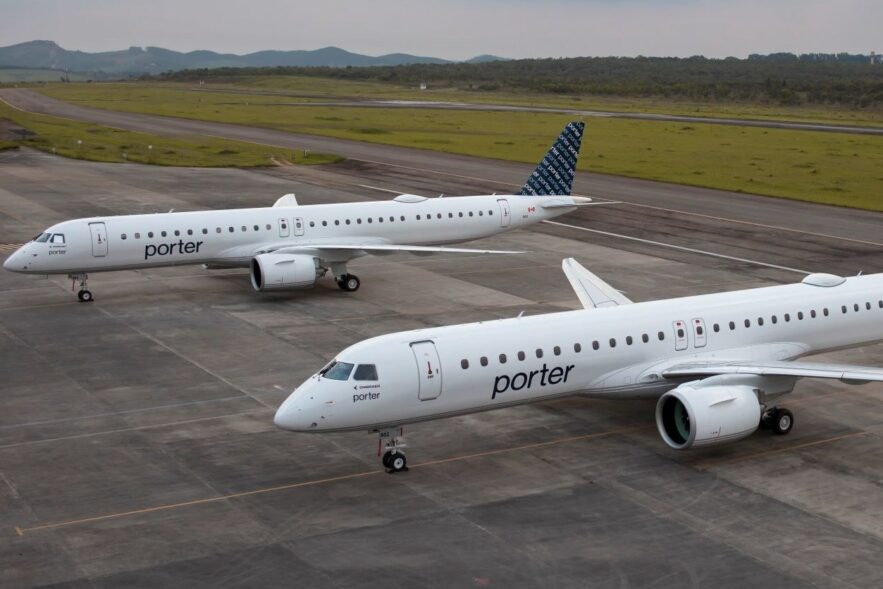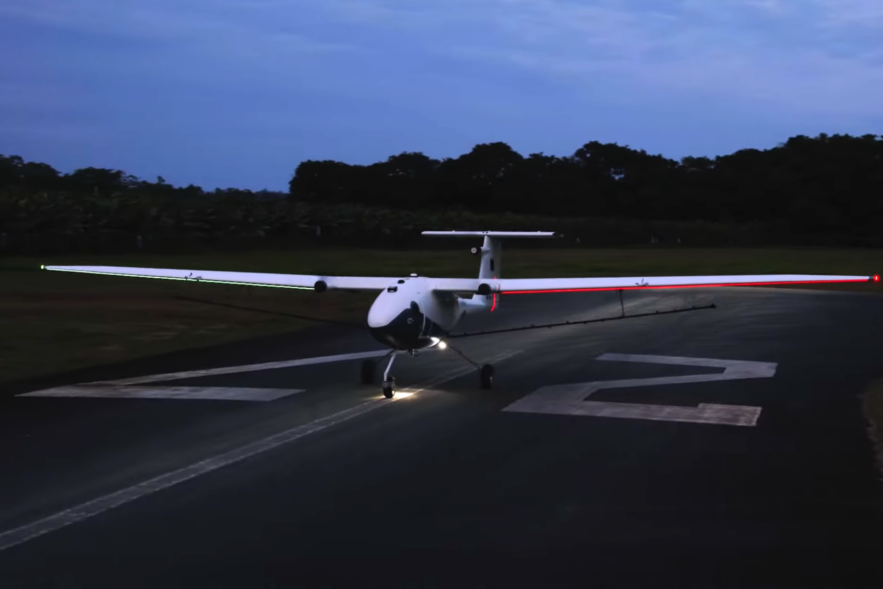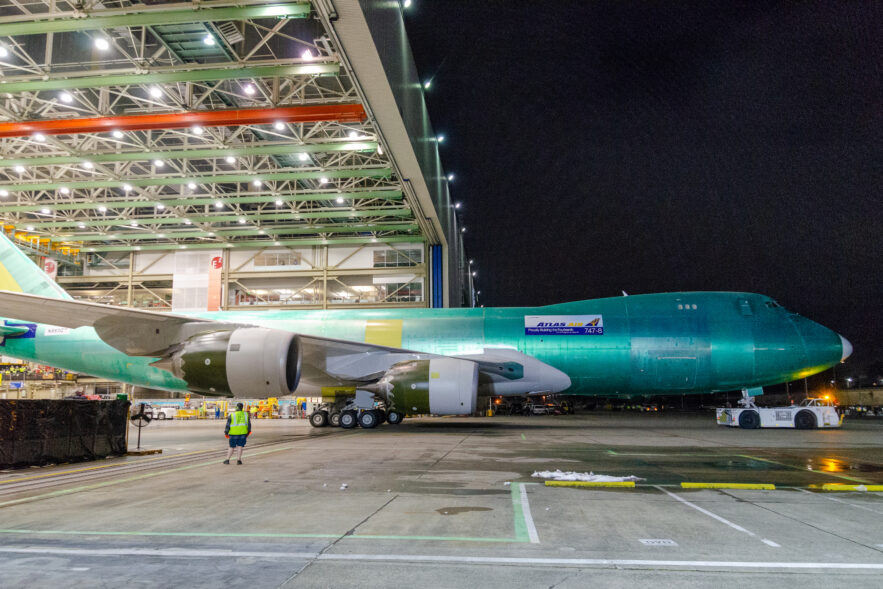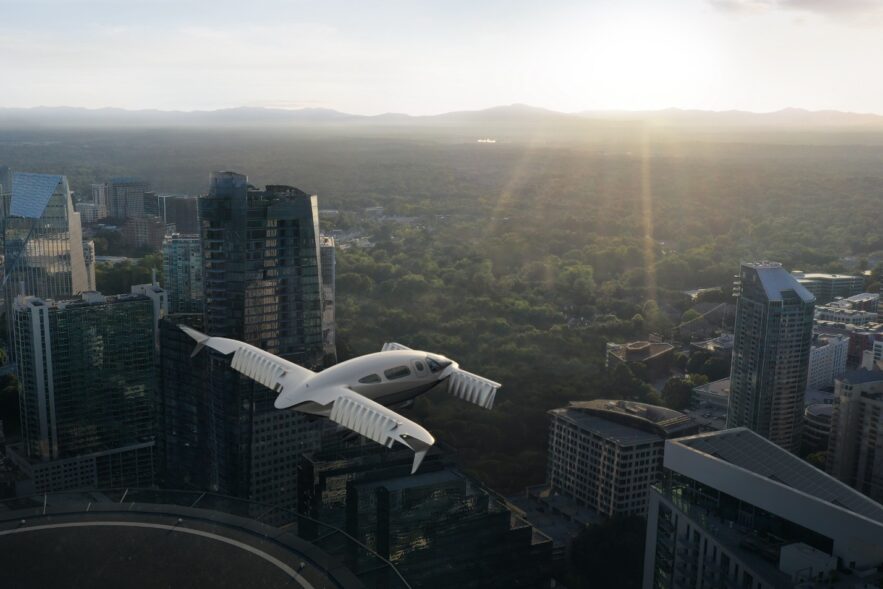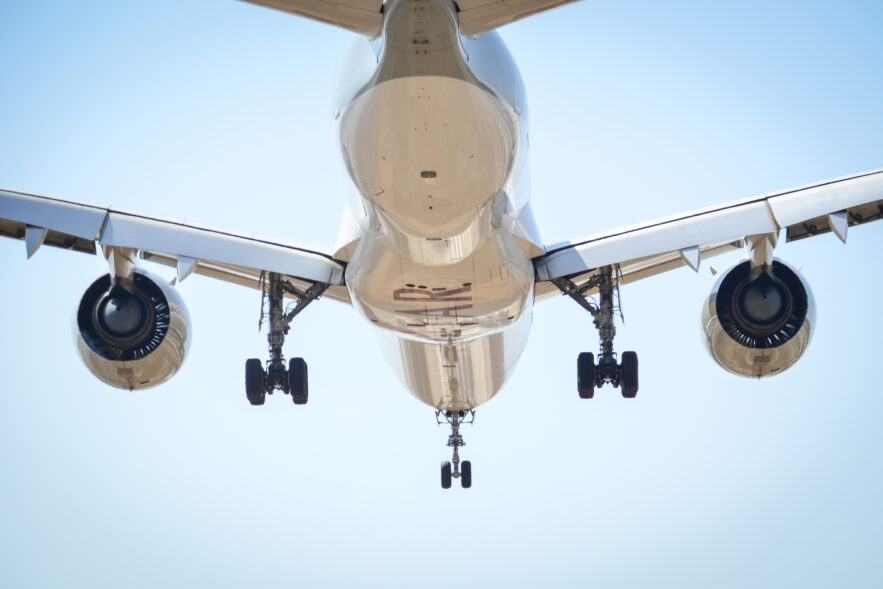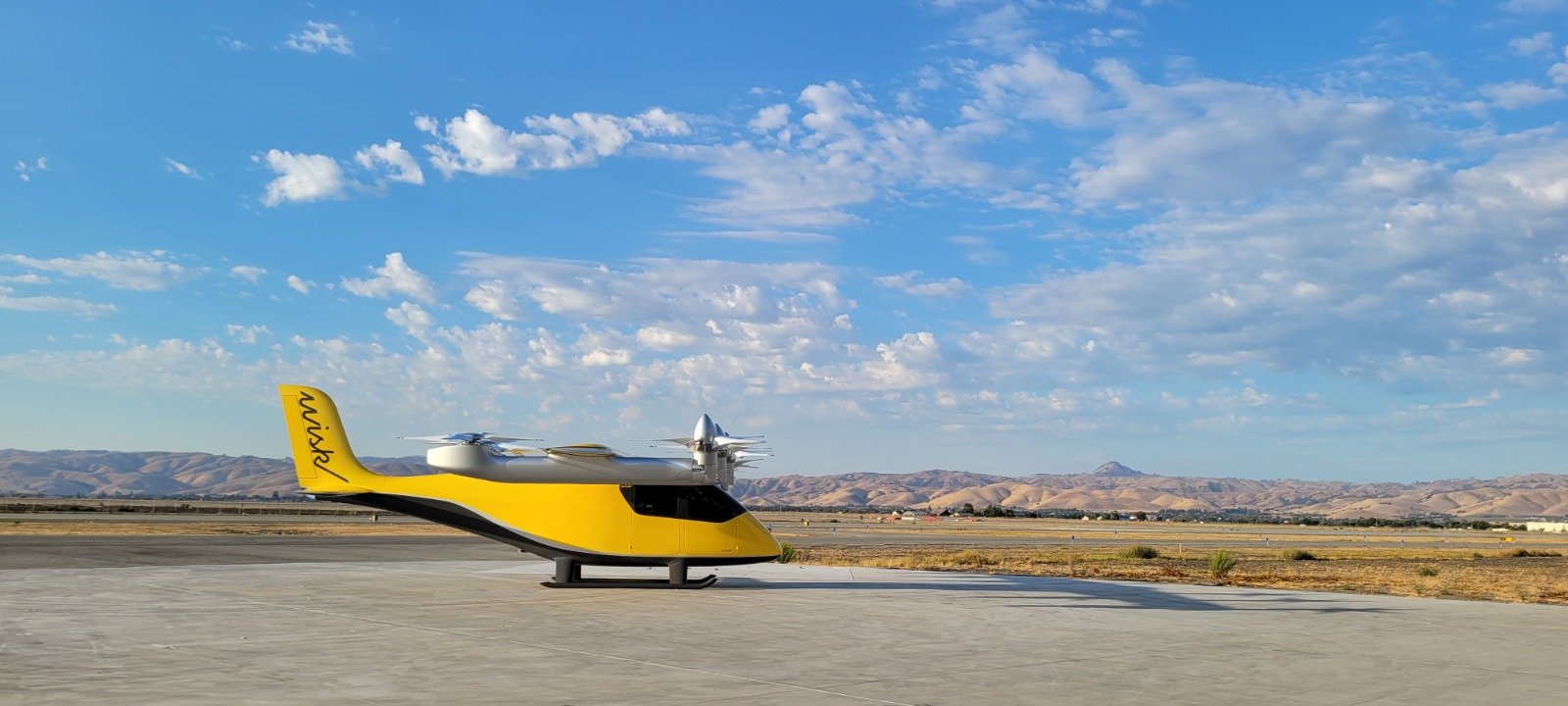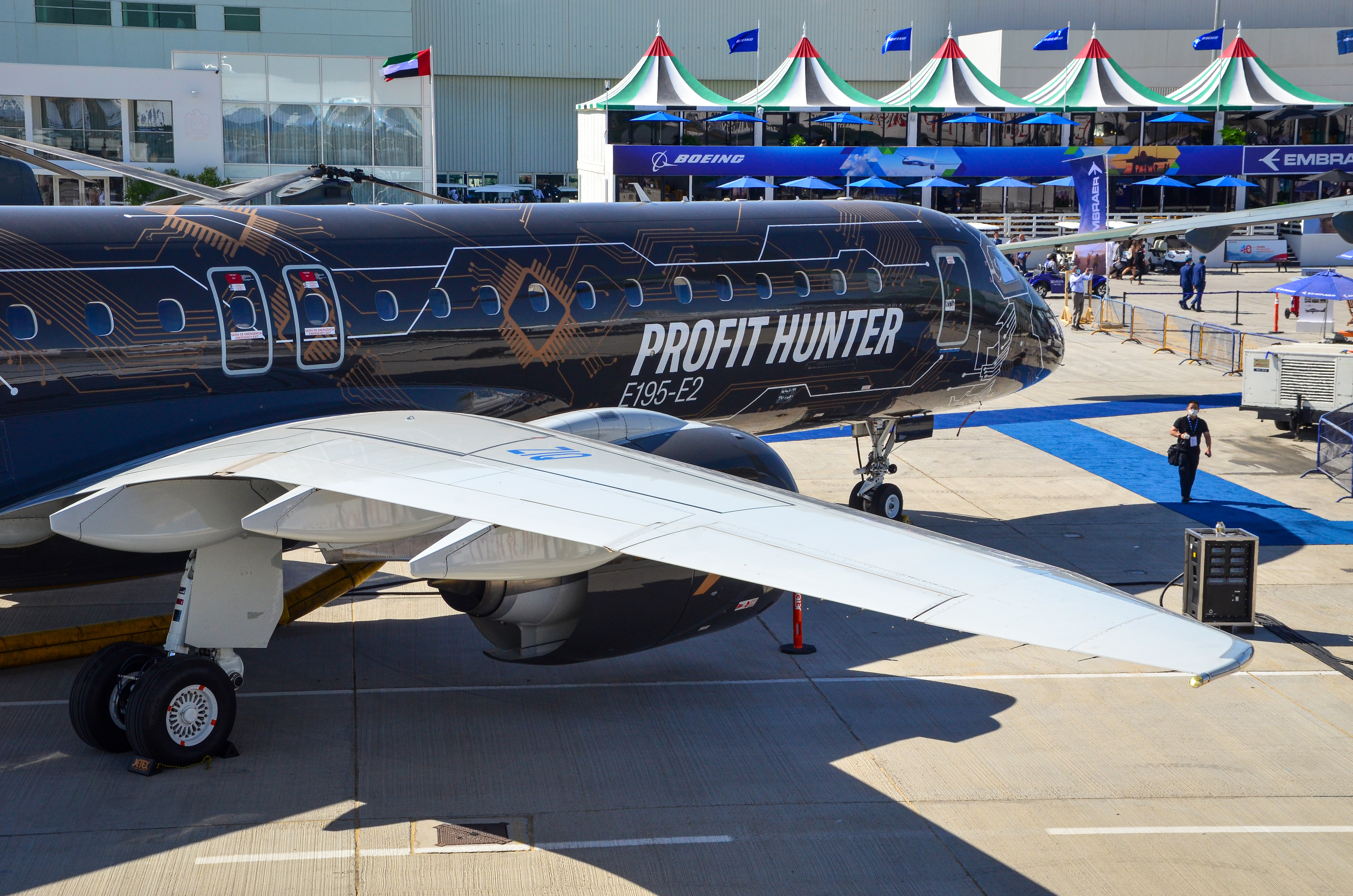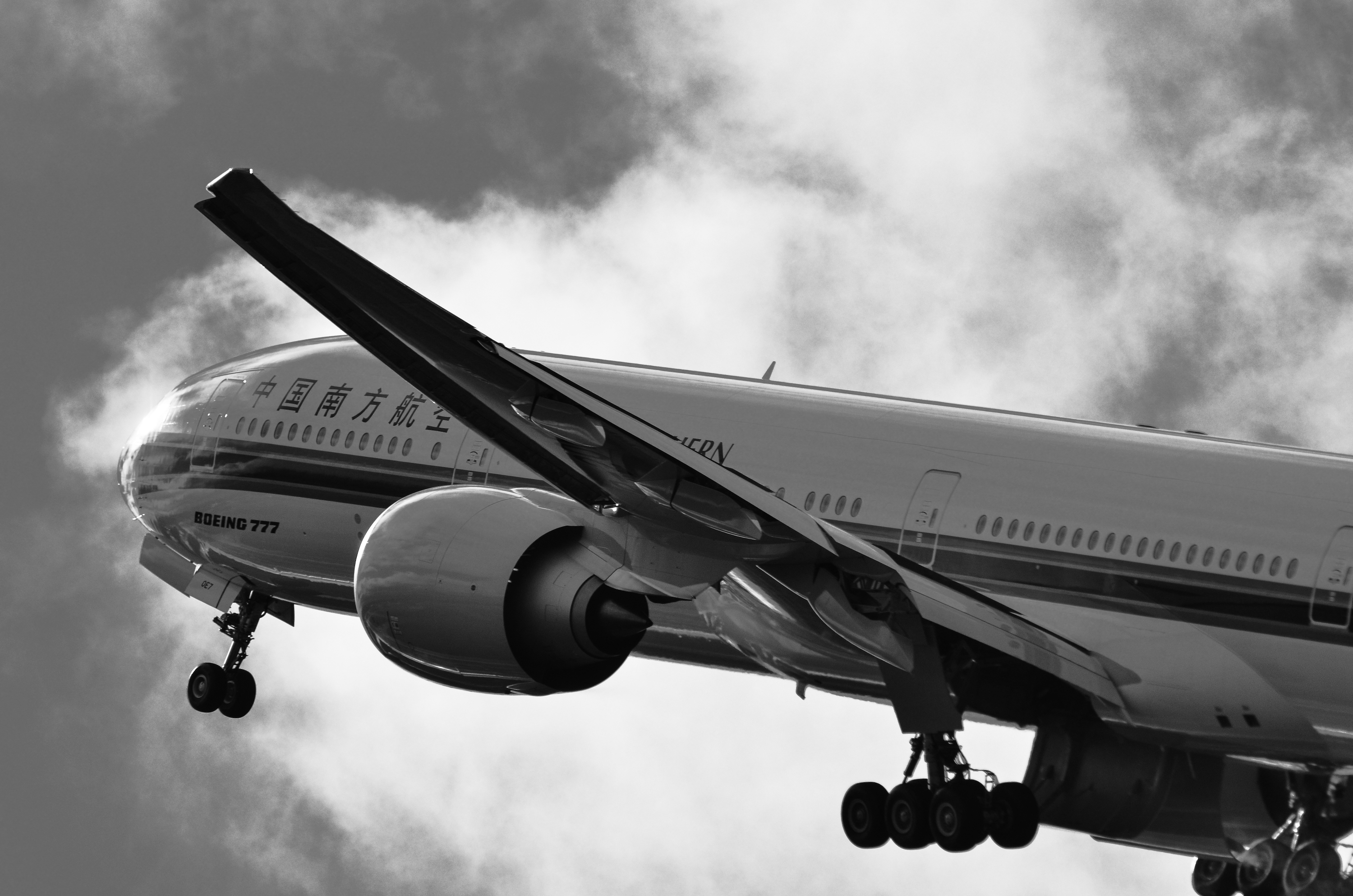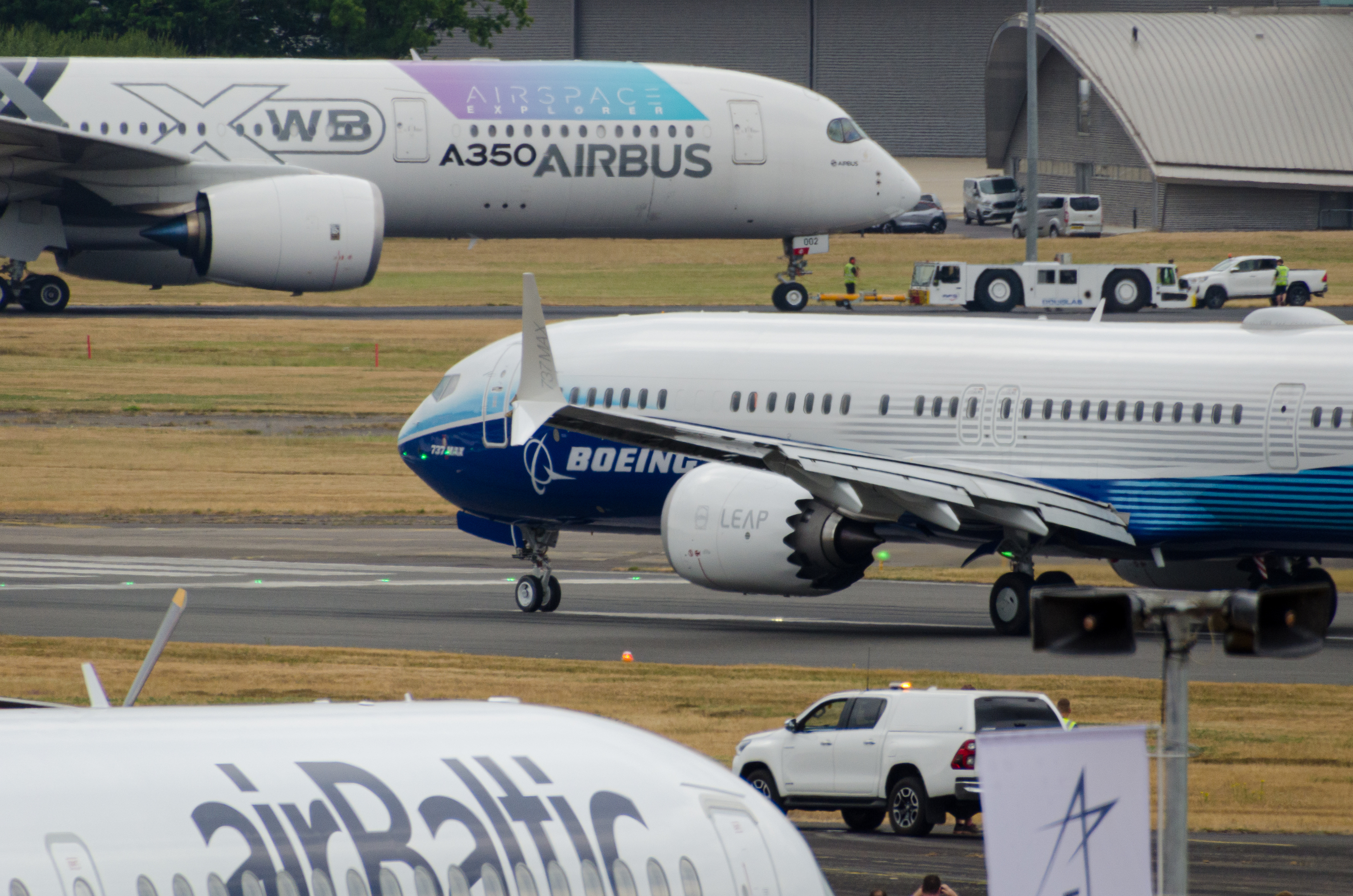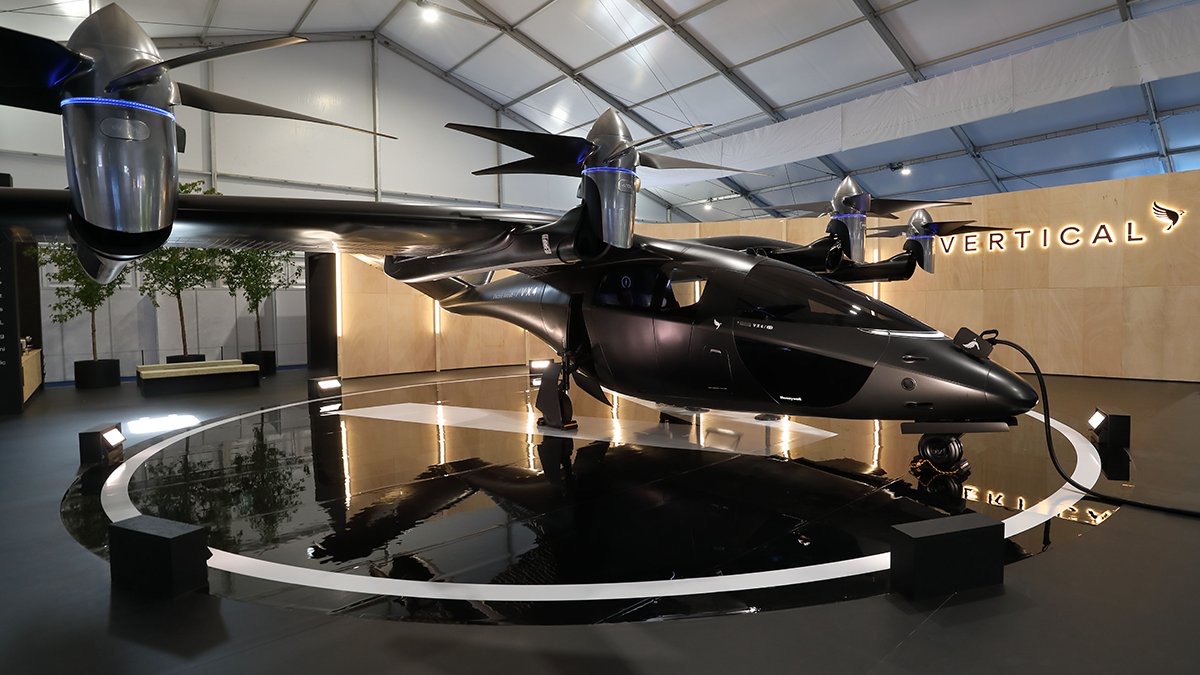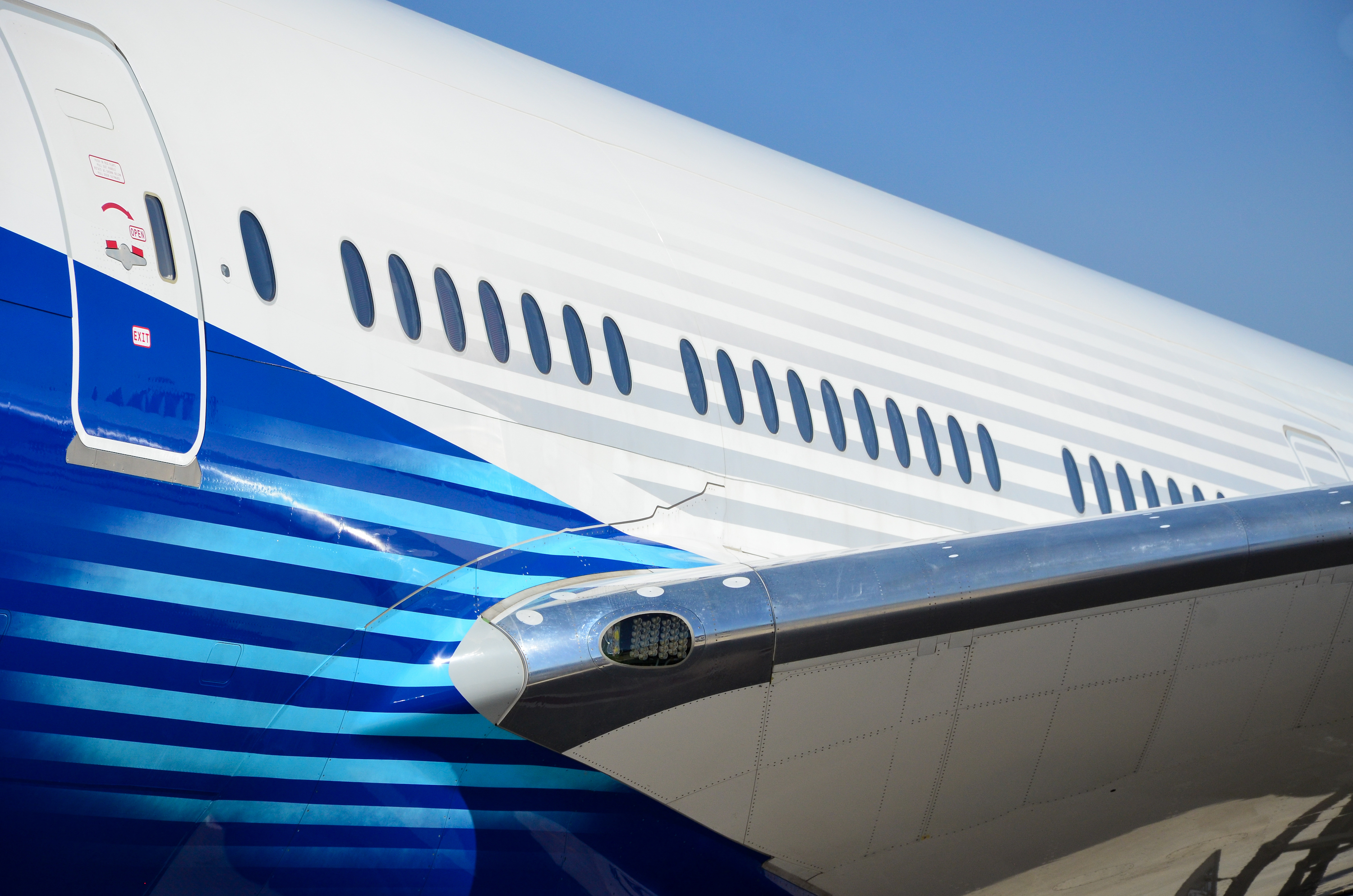Log-in here if you’re already a subscriber Release DateFebruary 16, 2023Porter returns as startup to compete with Air Canada, WestJet...
Log-in here if you’re already a subscriber Release DateFebruary 6, 2023Pyka prioritizes revenue over revolution in autonomy pushPurchase a PDF...
Log-in here if you’re already a subscriber Release DateDecember 15, 2022Electric aircraft unknowns spur new approaches to leasingPurchase a PDF...
Jon Ostrower and Elan Head·
Boeing rolls-out final 747 EVERETT — It was the one-thousand five-hundredth and seventy-fourth — and final — time a 747...
Log-in here if you’re already a subscriber How much juice do the key eVTOL entrants have left in their tanks?...
Log-in here if you’re already a subscriber Release DateNovember 18, 2022Widebodies finally join the global airline recoveryPurchase a PDF of...
Log-in here if you’re already a subscriber This post appeared as part of our Three Points Newsletter on October...
Log-in here if you’re already a subscriber Release DateSeptember 13, 2022Regional loss points United toward Embraer’s E2Purchase a PDF of...
Log-in here if you’re already a subscriber Release DateSeptember 8, 2022A different way to think about the future of flying...
Log-in here if you’re already a subscriber Release DateAugust 4, 2022Aerospace settles into persistent single-aisle feast and twin-aisle faminePurchase a...
Sign up to receive updates on our latest scoops, insight and analysis on the business of flying. Electric vertical take-off...
Jon Ostrower and Elan Head·
Sign up to receive updates on our latest scoops, insight and analysis on the business of flying. (function($) {window.fnames =...
